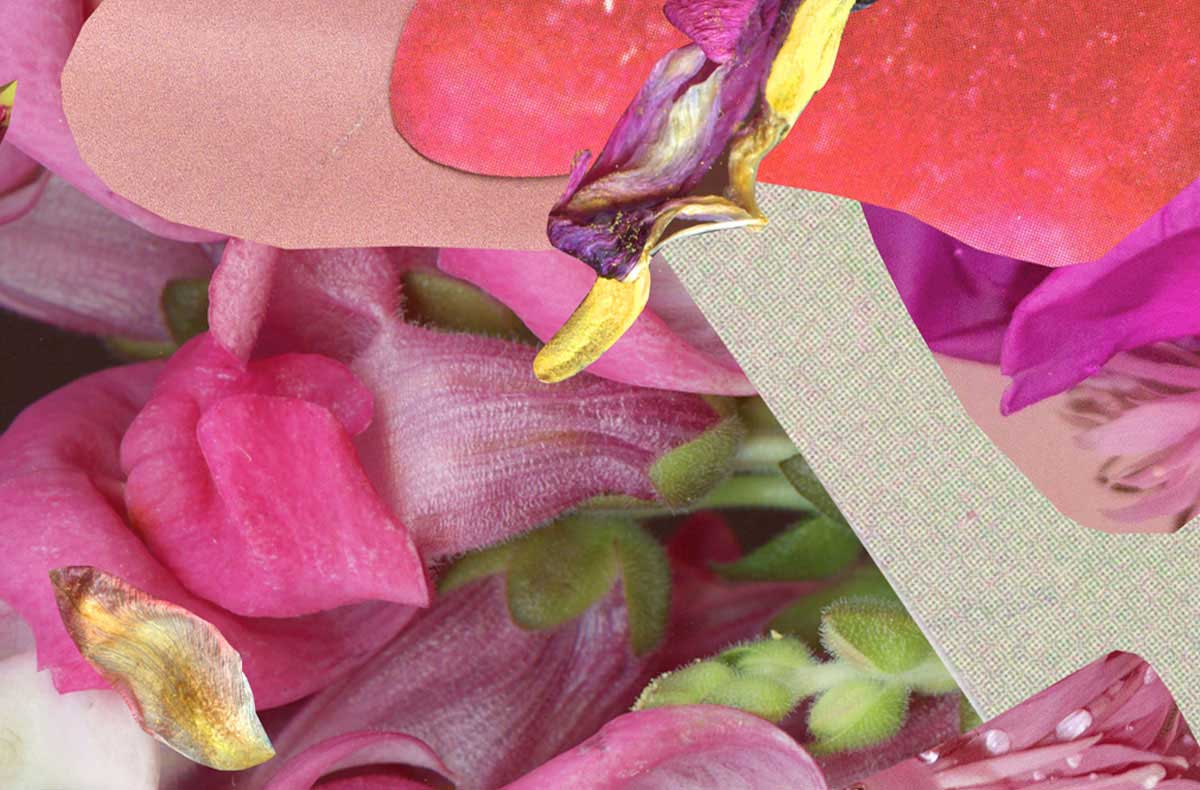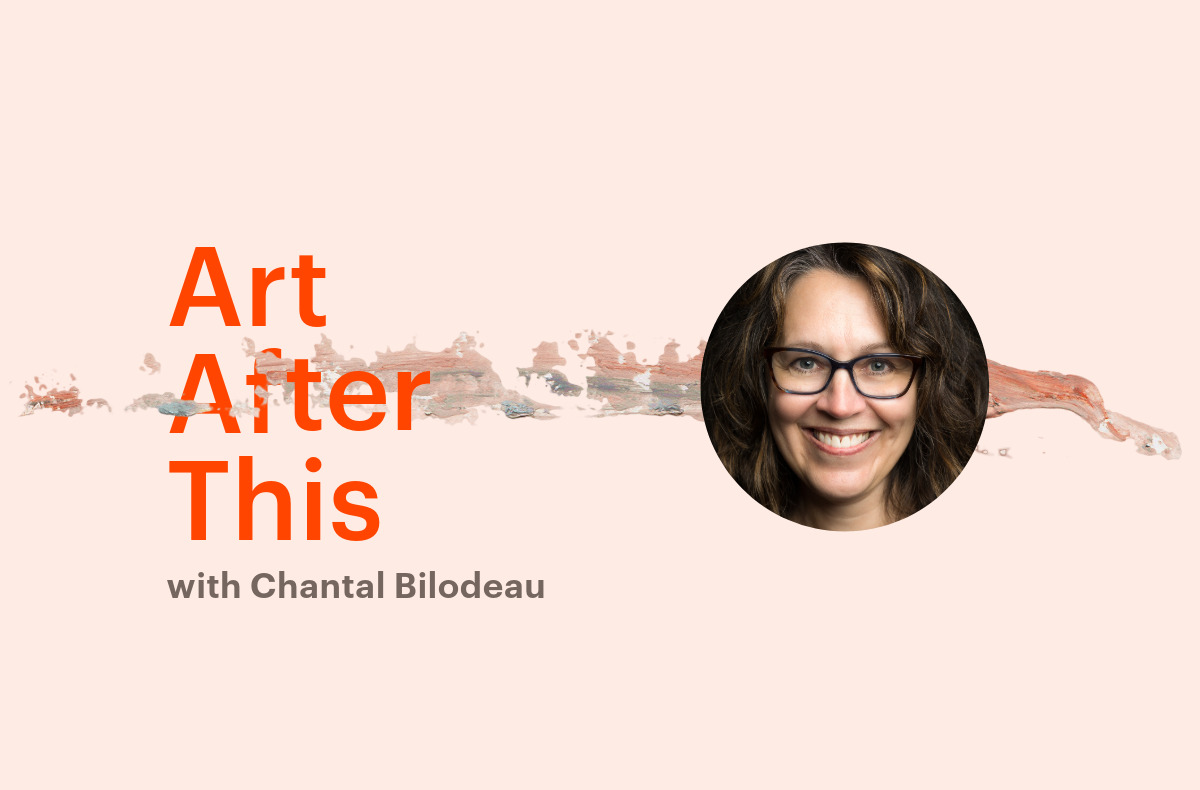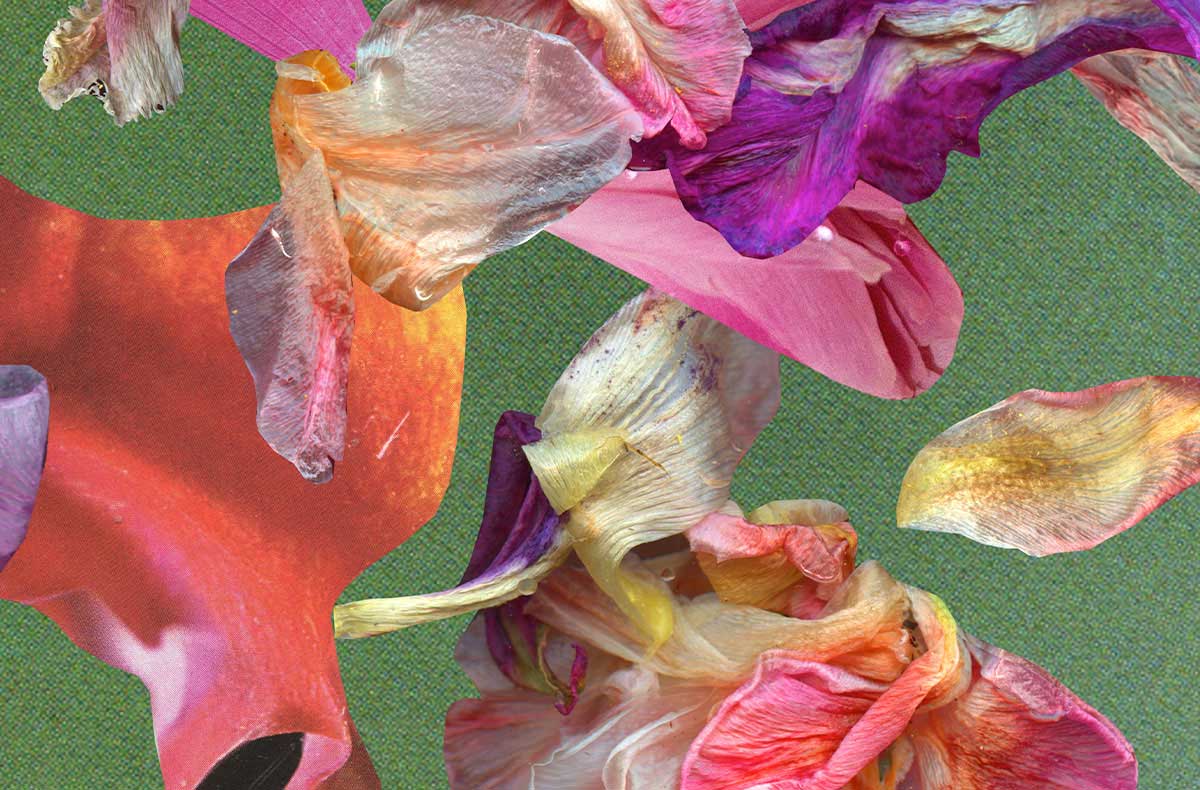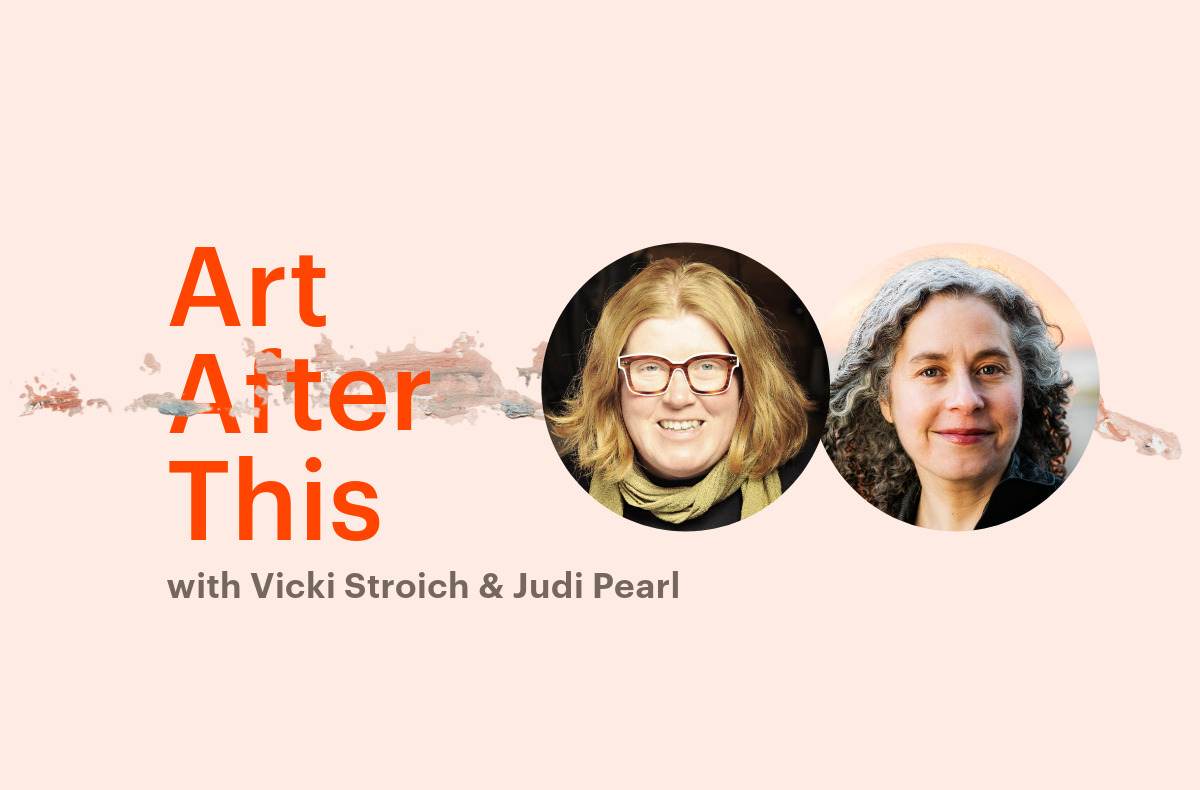By David Maggs, Metcalf Fellow on Arts and Society
What are we asking for when we are asking for art?
Next year will mark 20 years since renowned climate activist Bill McKibben famously cried out “what the warming world needs now is art sweet art, where are the poems, the plays, the goddamn operas?”1 And McKibben should be happy. In the decades since, artists have grown increasingly interested in the climate crisis and climate leaders have grown increasingly interested in art. There are plays, poems, paintings, installations, films, novels, symphonic works, popular songs, and — thanks to Toronto’s own Matthew Jocelyn — even a goddamn opera.
However, years after his famous outcry, I had the chance to ask McKibben about it and he was a tad sheepish, explaining that immediately thereafter, his office was inundated with works he was polite enough to refer to as “well-meaning.”2 McKibben got his art, but he did not get what he was seeking when he asked for it. I’ve spent a long time trying to understand the difference here, exploring these issues with former Intergovernmental Panel on Climate Change lead author John Robinson, along with a growing community of arts leaders increasingly engaged in climate action in Canada and internationally.
Given the urgency of this crisis, and our tendency to miss the crucial role the arts need to be playing within it, I’ve bartered with my editors for a little more length and depth to today’s essay. I hope you’ll stick with me as I explore these critical questions: What are we really hoping for in this relationship between art and climate? And why are we so often disappointed?
A missing ingredient?
Climate change has grown so depressing lately, as we watch steadily rising efforts in science, technology, policy, law, finance, and elsewhere yield such minimal results. With emissions higher than ever, it’s begun to feel like there’s a hole in our bucket, draining any substantial progress out through the bottom. A joke I used to tell seems less funny now: the math we need to model the climate crisis we learn in third grade. That’s when we discover the power of zero — that you can multiply a whole bunch of numbers together, big numbers times big numbers, but if just one of those numbers is zero, it doesn’t matter how big the others get, the result will be zero. Ecologists refer to this as Liebig’s Law of the Minimum, where yield is proportional to the essential nutrient in least supply. All the extra soil and water in the world can’t make up for a lack of sunlight.
So, what’s the missing sunshine in our climate activity? Where’s the zero in our equation? Of course, this is where we all want to shout “art!” And I promise we will. But before we do, can we come to this conviction more precisely, such that we don’t just get more art, we get more of what the climate crisis actually needs from the arts as well?
Our problematic faith in knowing better
In seeking this stronger role for art in the climate crisis, it helps to ask, how do we usually solve problems in rational, materialist societies like ours? What is our theory of change? How does progress happen?
Typically, our approach is to discover the right information, share it with the public and decision-makers so they can convert it into the right knowledge, and then sit back and let the right actions follow. It sounds so responsible. The only problem is, as decades of research has shown, it doesn’t work. Changes in knowledge are rarely matched by corresponding changes in behaviour. This blind faith in the relationship between knowing something new and doing something seems to be missing something important, a third verb that is perhaps far more crucial to how we act in the world, that of being.
While a blog may not be the place to explore this elusive idea of being, perhaps we can corral it enough by thinking of it in terms of other, more immediate aspects of ourselves. Being as composed of things like meaning, identity, value, belief, belonging, purpose, time, and place. Research reveals that these aspects of ourselves do more to shape our perceptions of information (and actions that follow) than information manages to shape them. By this account, a lot of our change-making efforts are trying to get the tail to wag the dog.
Yet it isn’t like this everywhere, and wasn’t always like this here. Consider the relative disappearance of explicit collective rituals in the West, for example.3 These “being-focused” practices designed to engage with things like meaning, belonging, place, or time, seem to have shriveled in a society determined to establish true facts about the natural world. As a result, we appear to have become astonishingly good at engaging with what we know, and astonishingly bad at engaging with what we are. We invent things like artificial intelligence through immense capacity in information and action, and grow shockingly helpless when it comes time to discuss what might become of us as a result of having done so.
What kind of a problem is climate change?
This imbalance becomes particularly relevant when we ask, what kind of problem is climate change? Is it just a problem to be solved by changes in what we know? Or does it push us towards these deeper dimensions of being? Building on earlier ideas of deep ecology, or more technical analyses like Donella Meadows’s work on systems change, there is a rich history arguing that the leverage we needed for net zero will not emerge from the hope that changes in what we know will produce sufficient changes in what we do.
I see this argument emerging through collective intuition as well. Over the past decade, how we talk about sustainability and climate change has begun to shift as calls for “change” turn more and more into calls for “transformation.” What is the difference here? Perhaps nothing. Perhaps this is only language-washing, giving old ideas a fresh coat of words whenever they fail to meet expectations. A scan of academic literature on transformation reveals no consistent definition at work, while asking people what they mean when they say transformation fares no better. Yet surely we mean something by this growing shift in the language?
Optimistically, I believe this appeal to transformation emerges more from collective intuition than concrete definitions — an aim we might identify by simply asking ourselves, if something has transformed, what has happened to it? Has it learned something different? Has it done something different? Or has it become something different? Here, our growing appeal to transformation might be understood as an increasing realization that the climate crisis requires change not just in knowledge or action, but in being? That being is the zero in our equation, that missing ingredient undermining so much good work going on in climate efforts elsewhere?
The culture gap and the case of the missing infrastructure
This condition — the difference between the need to work at the level of being, and a society’s capacity to do so — I refer to as the culture gap in the climate crisis.4 We see this gap playing out in our society’s central belief in the power of new information to produce new behaviour. Despite decades of research exposing the futility of information to drive significant change, we live in a society that has largely lost its capacity to do anything else.
Here, the culture gap in our society leaves us persistently and counterproductively trying to shape, shift, and solve “being” dimensions of climate using tools of “knowing” and ‘“doing.” The culture gap, in other words, leads to a form of modal confusion, of using the wrong tool for the job, to borrow a concept from psychoanalyst Erich Fromm (1976), as taken up by recent work in cognitive science (see John Vervaeke, Awakening from the Meaning Crisis, 2020).5
Consider the idea of modal confusion through a concept of infrastructure. Addressing climate change requires many kinds of infrastructure — the technological infrastructure to transform energy systems, the physical infrastructure to transform cities and settlements, the political infrastructure to transform legislation and governance, the financial infrastructure to transform markets, and the knowledge infrastructure to transform understanding. All these different infrastructures are vital to moving from high carbon to low carbon worlds.
But when we try to use knowledge infrastructure — information, data, statistics, facts, and reports — to transform human dimensions of meaning, identity, value, belief, belonging, purpose, time, and place? When we apply an infrastructure of information to dimensions of being? Here, modal confusion sees us failing to build what is needed for the job, the culture gap in the climate crisis remains deep and wide, and the low carbon world remains aloof. The infrastructure we are desperately missing in our struggles with climate change is the symbolic infrastructure, the infrastructure that carries meaning, identity, value, belief, belonging, purpose, time, and place from one world to another.
Building the symbolic infrastructure of our lives
However strange this idea might sound, in practice it is quite familiar. Although he doesn’t use this term, Vervaeke points out in his work on ritual that we build symbolic infrastructure for ourselves all the time. Despite its relative disappearance as an explicit, collective part of our social world, people still build strategies that help them experience differences in being. Vervaeke gives the example of a couple debating marriage who go on vacation together to experience a similar existential condition, or people wondering if they should have children who get a dog. These “enacted analogies” or enactive metaphors as they are often called, provide more than just information of difference, they provide deeper parts of ourselves with a proximate experience of difference too.
Importantly, as Antony Auman argues in Art and Transformation (2022), art’s capacity to engage with aspects of ourselves beyond information, beyond propositional knowing, makes it a particularly compelling form of enacted analogy. In the way that having a dog is an enacted analogy for having children, or taking a vacation with someone is an enacted analogy for marrying them, Ulysses is not information about a day in Dublin, it is an enacted analogy for being someone who fits that world, with all the skills, language, needs, meaning, sense of place, time, and purpose to fully belong there. Could this be what McKibben was looking for when he called the arts into the climate challenge? To help us feel at home in a world different from our own?
The tragic, tedious, heartbreaking irony of climate arts
If so, McKibben is not alone. The past decades have witnessed an explosion of interest in arts-based interventions for a range of complex problems including mental health, substance abuse, recidivism, high school completion, sustainability, climate change, community development, and leadership to name a few. There seems to be a pattern here. Complex problems inspire interest in transformative change, which we may be understanding intuitively as change at the level of being, prompting a widespread turn to the arts as builders of symbolic infrastructure. If something like this pattern-making is indeed underway, then the collective intuition behind it is inspiring.
Less inspiring, however, is our ability to actually put these intuitions to work. That is, to enlist the arts to build the symbolic infrastructure needed to close the culture gap. The heartbreaking irony here is that instead of art bringing climate activities into an engagement with being, the opposite happens. Climate activity brings the arts into an engagement with knowing instead. That brilliant moment of collective intuition recognizes the transformative power of art — the ability of art to construct symbolic infrastructure, engage us at the level of being, and close the culture gap — and then, trapped in a pathological relationship with the knowledge-action paradigm, we enslave arts practices to our futile faith in knowing better, tragically disenchanting the very power for which the help of art was sought in the first place.
Clarifying the relationship between art and climate change
Having spent years trying to work against this unfortunate and frustrating tendency, I have, perhaps somewhat pedantically, fashioned a schema that divides the relationship between art and climate into three distinct modes with the hopes of clarifying and strengthening this critical interaction:
Mode 1: Greening the Sector is the most obvious mode of engagement between art and climate change. Here, we are concerned with the carbon footprint associated with our activities, and the strategies available to lower that footprint. Creative Green Tools has been advancing this work in Canada recently, providing the knowledge and tools to help arts organizations understand, calculate, and reduce their climate impacts.
Mode 2: Raising the Profile assumes our role in the climate crisis comes via our capacity to raise awareness — to disseminate information in the hopes that a change in knowledge induces a change in behaviour. Content typically features cross-disciplinary exchanges, where science or policy outputs are communicated through cultural production. Much of the existing climate art fits here, where cultural production receives the substance of climate imperatives and reflects them through artistic practices, often with an aim of making the information more arresting, memorable, or palatable. Mode 2 has two risks — the didacticism that halts the ability of art to engage at the level of being and the misguided faith that knowing better is a worthwhile trade off, able to provide the agency we were looking for in the first place.
Mode 3: Reauthoring the World tries to engage with questions of being as described above. Building on a long tradition theorizing art’s relationship to transformative change that includes thinkers like Simone Weil, Iris Murdoch, Elaine Scarry, and many others. Mode 3 seeks to push climate discourse beyond decorating and emotionalizing scientific imperatives into the separate task of building the symbolic infrastructure of the low carbon world. How do we construct the enacted analogies we need in order to bring post-fossil fuel worlds to life and begin to feel as though we belong there?
Conclusion
My goal is not to be prescriptive with these modes, or promote a typology for the sake of some arts-climate branding exercise. My goal is to prevent the arts from abandoning their unique ability to construct the symbolic infrastructure of the low carbon world in favour of adorning our knowledge infrastructure instead. The culture gap in the climate crisis represents a glaring arts-shaped hole in this challenge — one we abandon when we are drawn into the tenacious idea that if only we knew better we would do better. Our job is not to get people to know more about the climate crisis. Our job is not to make people feel worse about the climate crisis. Our job is to inspire a different relationship with ourselves and our worlds to come. The crux of that challenge lies with navigating elusive realms of being, realms so little of our society is equipped to navigate, yet within which the arts are uniquely at home.





